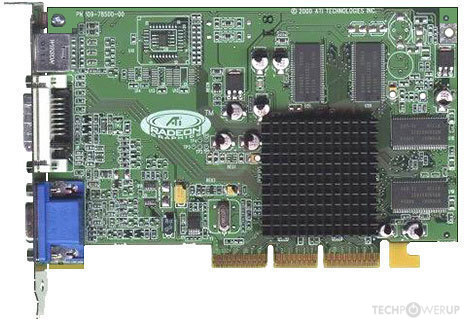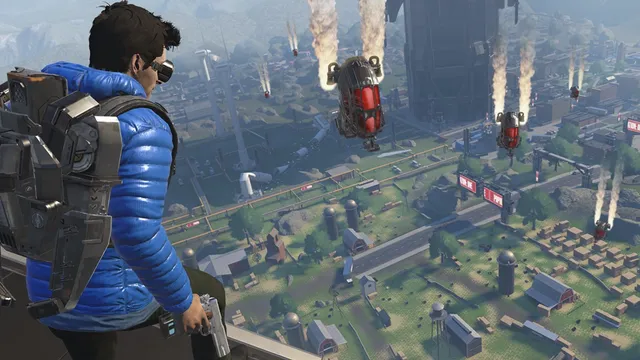ATi Radeon 7000 review: ATi Radeon 7000

The ATi Radeon 7000, released back in 2001, marked a significant leap forward in computer graphics technology when it debuted. It was an innovative piece of technology that reshaped the tech industry with its capable performance and impressive features.
Weighing in with a core clock speed of 183 MHz CRTCs (Cathode-ray Tube Controllers) and memory of up to 64 MB DDR SDRAM, the Radeon 7000 was an undoubtedly powerful GPU for its time. The graphics card boasted full support for DirectX 7.0 and OpenGL 1.3, promising advanced hardware compatibility that went hand in hand with top-tier gaming and multimedia applications.
One of the signature strengths of the Radeon 7000 series was its revolutionary HyperZ technology, which can increase memory bandwidth efficiency by up to 20%. This cutting-edge feature allowed for enhanced graphic details without compromising speed and stability.
The Radeon 7000 also featured Charisma Engine™ technology, responsible for increased character animation speed, making it ideal for gamers who desired realistic movements and lifelike animations in their games. For video rendering tasks and high-quality imaging, the card’s Pixel Tapestry Architecture™ delivered robust solutions that were significantly ahead of its time.
The ATi Radeon’s dual display capabilities were another notable aspect of this GPU. It was one of the first few graphics cards on the market to offer this feature. Users could utilize two monitors simultaneously to either display an expanded desktop or mirror the same content on both screens, adding to user productivity.
When it came to performance metrics, the overall user experience that ATi Radeon 7000 provided was largely positive. Its performance level was appreciated by both enthusiasts’ segment and ordinary users who needed sufficient power for daily computing tasks or lightweight gaming.
However, like any other piece of technology, the Radeon 7000 wasn’t without its drawbacks. The GPU tended to struggle when pushed towards higher-end gaming requirements at high resolutions due to limitations in its hardware prowess as compared to some other contemporaries.
In conclusion, despite being released two decades ago, the ATi Radeon 7000’s legacy is respected among many old school tech enthusiasts and PC builders for its then-groundbreaking features and reliable performance. While it may seem antiquated compared to today’s high-powered GPUs, there’s no denying that it played a crucial role in accelerating graphics processing technology as we know it today.






